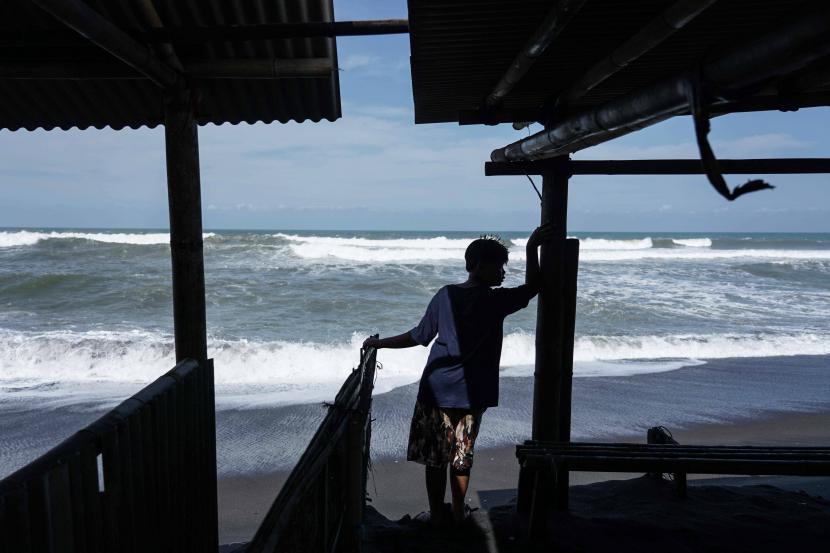REPUBLIKA.CO.ID, JAKARTA — Global climate change caused the earth's temperature to exceed 1.5 degrees Celsius compared to the pre-industrial revolution era and triggered climate disasters in Indonesia that are getting worse over time. The Environmental Wahana Organisation notes the impacts of climate change in Indonesia.
According to WALHI's study, the climate crisis in coastal regions has resulted in the sinking of coastal villages in Indonesia. Every year, one hectare of land is lost along the coastal area of Demak, Central Java, due to rising sea levels.
The first village to start sinking due to abrasion was Tambaksari hamlet, this hamlet started abrasion from 1997. Today there are still nine heads of the family with a total of 45 surviving inhabitants.
The second village that began to be affected by abrasion is the hamlet of Rejosari Senik which began to be submerged in water since 2000. After residents demanded relocation in 2005, they were relocated to Gemulak and Sidogema villages in Sayung District. Nevertheless, there is still one head of the family with a total of five souls who survive to this day.
The third hamlet, Bedono, also began to be flooded in 2005, in 2010 following two waterlogged hamlets, namely the hamlet of Mondoliko with a total of surviving residents 95 heads of families and the hamlet of Timbulsloko with a total of surviving residents 150 heads of families.
In the future, Walhi estimates that more than 12,000 coastal villages in Indonesia will be threatened with drowning due to rising sea waters caused by the climate crisis. Throughout 2017 through 2020, Walhi recorded a total of 5,416 coastal villages drowned due to rob flooding.
In addition to villages, Walhi also recorded the sinking of towns on the Indonesian coast. Walhi estimates 199 cities or districts located in coastal areas in Indonesia will be hit by annual floods by 2050.
As a result, about 118,000 hectares of the area will be submerged by sea water. According to previous studies, as many as 23 million citizens were affected. In fact, economic losses are estimated at Rp 1.576 trillion. A total of 567 of the 515 cities or districts in Indonesia, are located in coastal areas.
Climate change is also destroying fishermen's economic lives as well as more fishermen die at sea. Based on WALHI records, in one year fishermen can only go to sea for six months.
The remaining six months they had to switch professions to be rough porters or idle merchants. Every year, (on average) 100 fishermen are lost/die at sea as a result of going out to sea in times of erratic weather.
The number of fishermen dying at sea has continued to increase throughout the years 2010-2020. In 2010, the number of fishermen who died was 87. But by 2020, the number increased to 251 people.
Walhi said the precarious situation due to the climate crisis is proving to worsen the lives of coastal communities, especially traditional and or small-scale fishermen, as well as women fishermen in Indonesia.
In the long term, the devastating effects of the climate crisis will force more than 23 million coastal people to be displaced from their hometowns by 2050, being named climate refugees.


